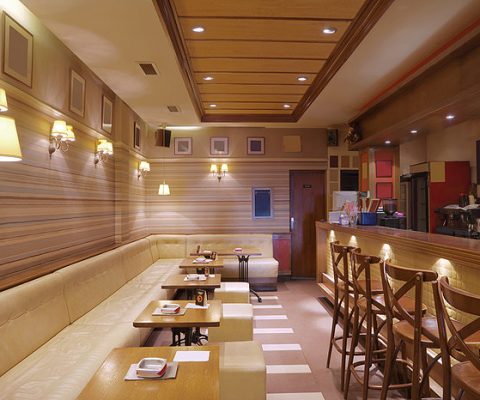When thinking about lighting, it tends to be artificial light that comes to mind. optimizing the use of natural light, however, is also key, both in terms of practicality and in order to be able to appreciate the beauty of the space. When creating an interior design scheme from scratch taking both artificial and natural lighting into consideration, but even within an existing design there is still much that we can do to improve matters.
Where artificial lighting is concerned, there are of course a number of different types. Accent lighting, for example, can be extremely effective when used to display paintings or to accentuate plants or objects d’art, although the angle of the lighting clearly needs to be just right to achieve the very best effect. Task lighting is another type of lighting which is important in just about every room of a house. In sitting rooms and studies, for example, it helps to avoid eyestrain when reading or working, while in the kitchen it ensures that tasks can be carried out safely. Adequate task lighting is also essential in the bathroom for the purposes of shaving or applying make-up for instance.
Mood lighting uses different tones and colors of light, as well as different levels of brightness, with the aim of creating atmosphere in a room. In many cases it uses soft, warm lights to induce a feeling of calm and relaxation, but at the opposite end of the spectrum it can also be used to provide a lively and invigorating effect.
Of course, getting the lighting right in a luxury design scheme isn’t just about where lights are placed or how strong or bright they are. The light fittings and lamps themselves are an element of the overall design and, when chosen to fit perfectly with the style of the room, they have the potential to give life to the space.


